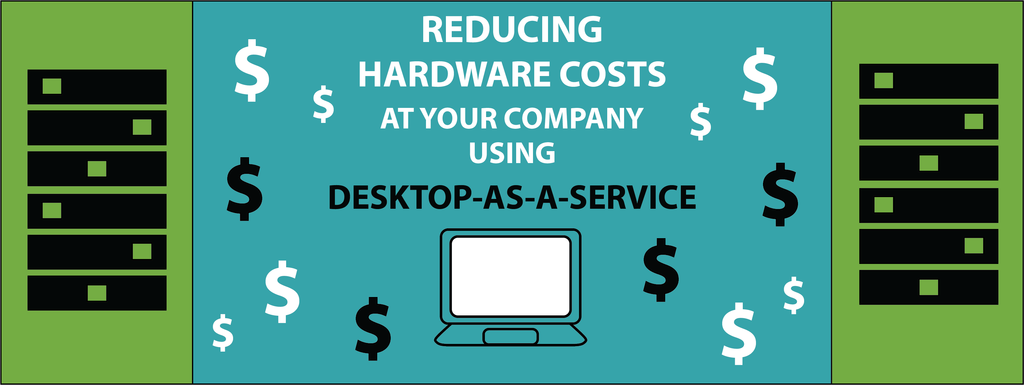There are arguments for and against any new development in technology, and this is true of desktop virtualization. After all, we are creatures of habit and reluctant to accept change until it is forced upon us. Many companies are doing just that with their IT needs, with exceptional results, and employees are not sacrificing a moment of productivity or job satisfaction because of it. Let’s explore it further.
Desktop virtualization is really the merging of the self-reliant desktop traditions we have all grown dependent on, with the old-fashioned idea of mainframe centralized computing. Here, each user retains his own operating system and batch of applications, but they are being run on a virtual server that the user has access to, much like the way we used to use terminals, years ago.
The benefits are that you do not need an IT department to maintain individual pieces of equipment – performing routine maintenance, installing software, upgrading systems. It’s all done remotely, and can be scheduled when your employees are not at work, meaning there’s no lost time.
With this type of environment, it is much harder for hackers to gain entrance. With individual desktops, each unit is a potential point of entry into your network. With a virtual system hosted in the cloud, there is only one point of entry, and that point is much easier to guard.
The benefits of this type of technology far outweigh any disadvantages. If your company is struggling to maintain an IT department and keep up with the changing trends in technology, this may be the best route for you.







